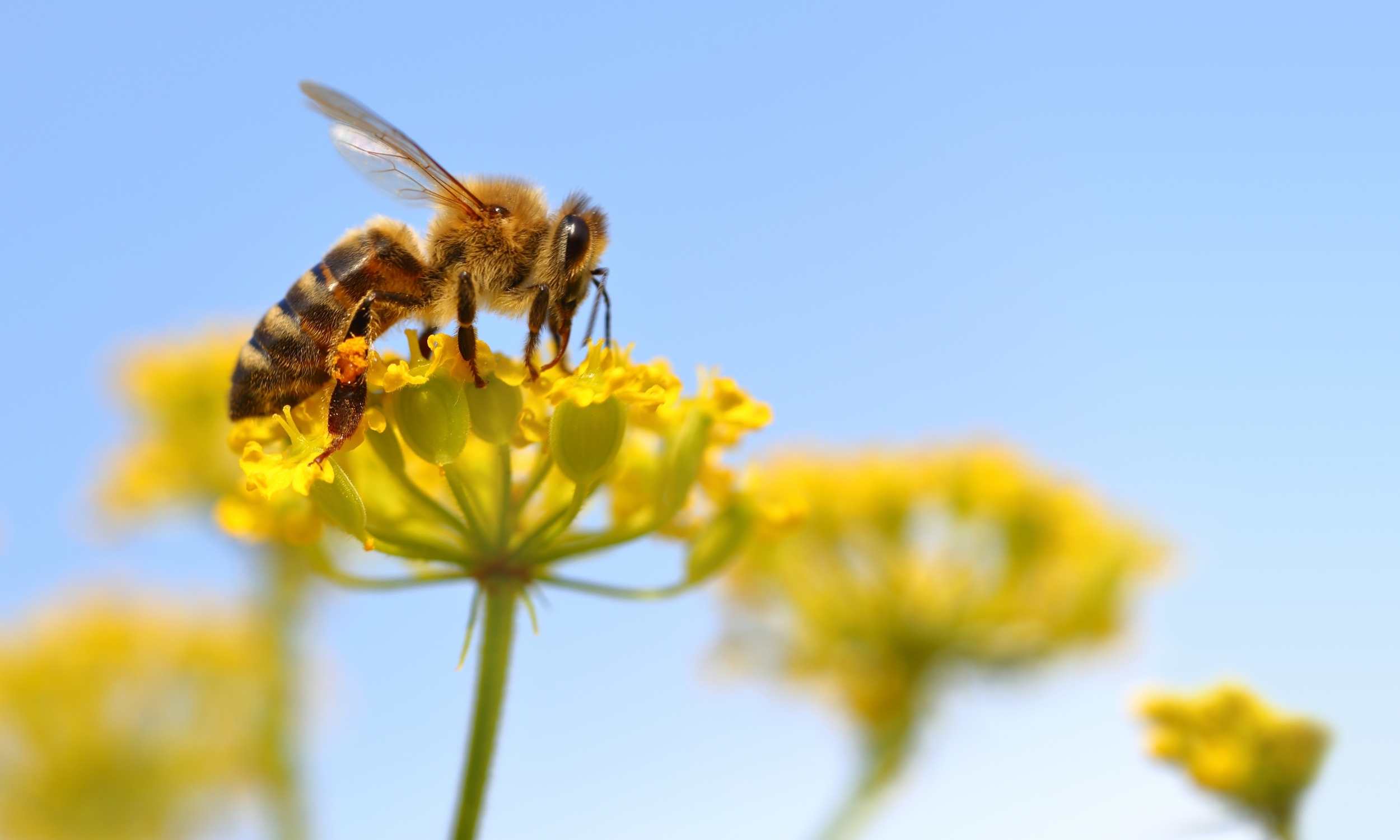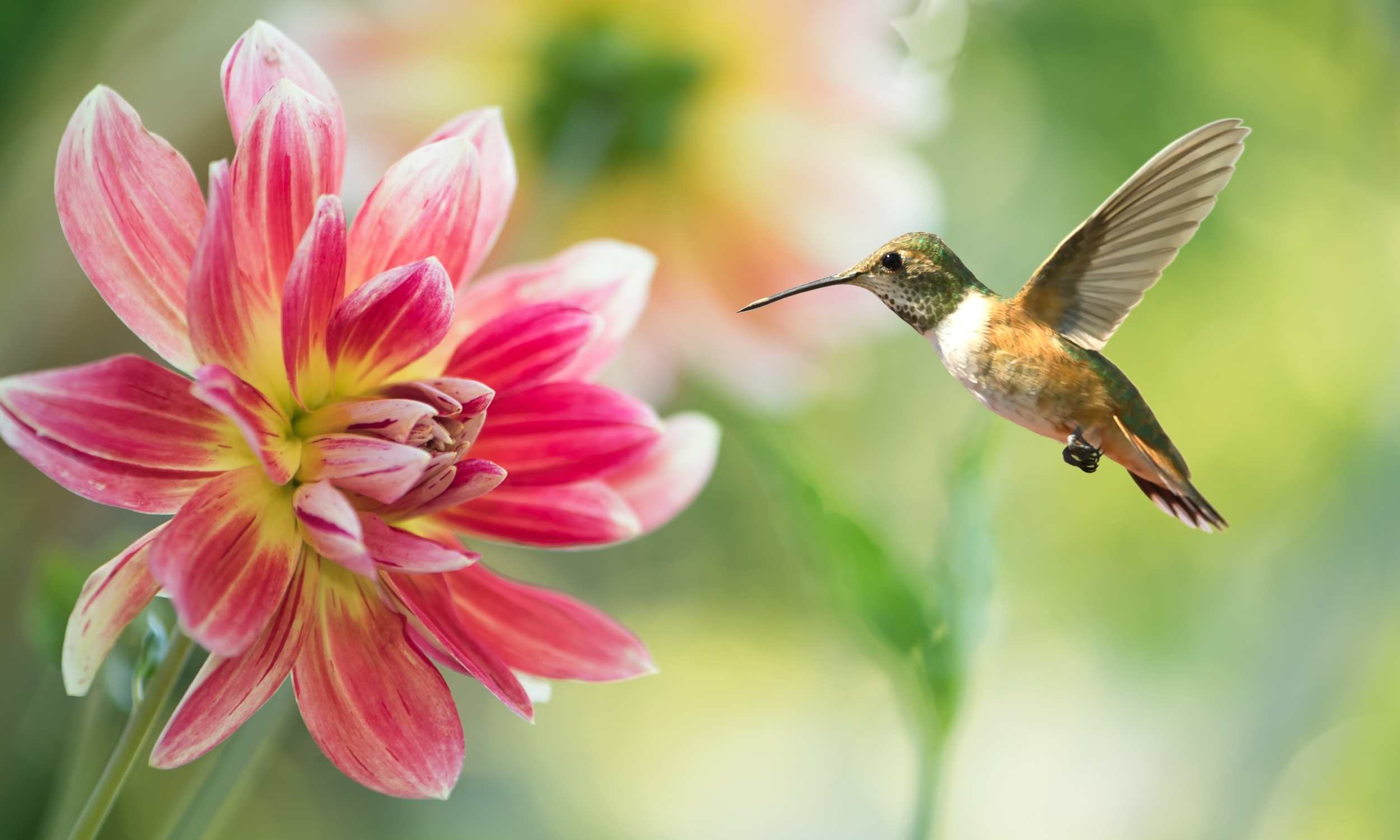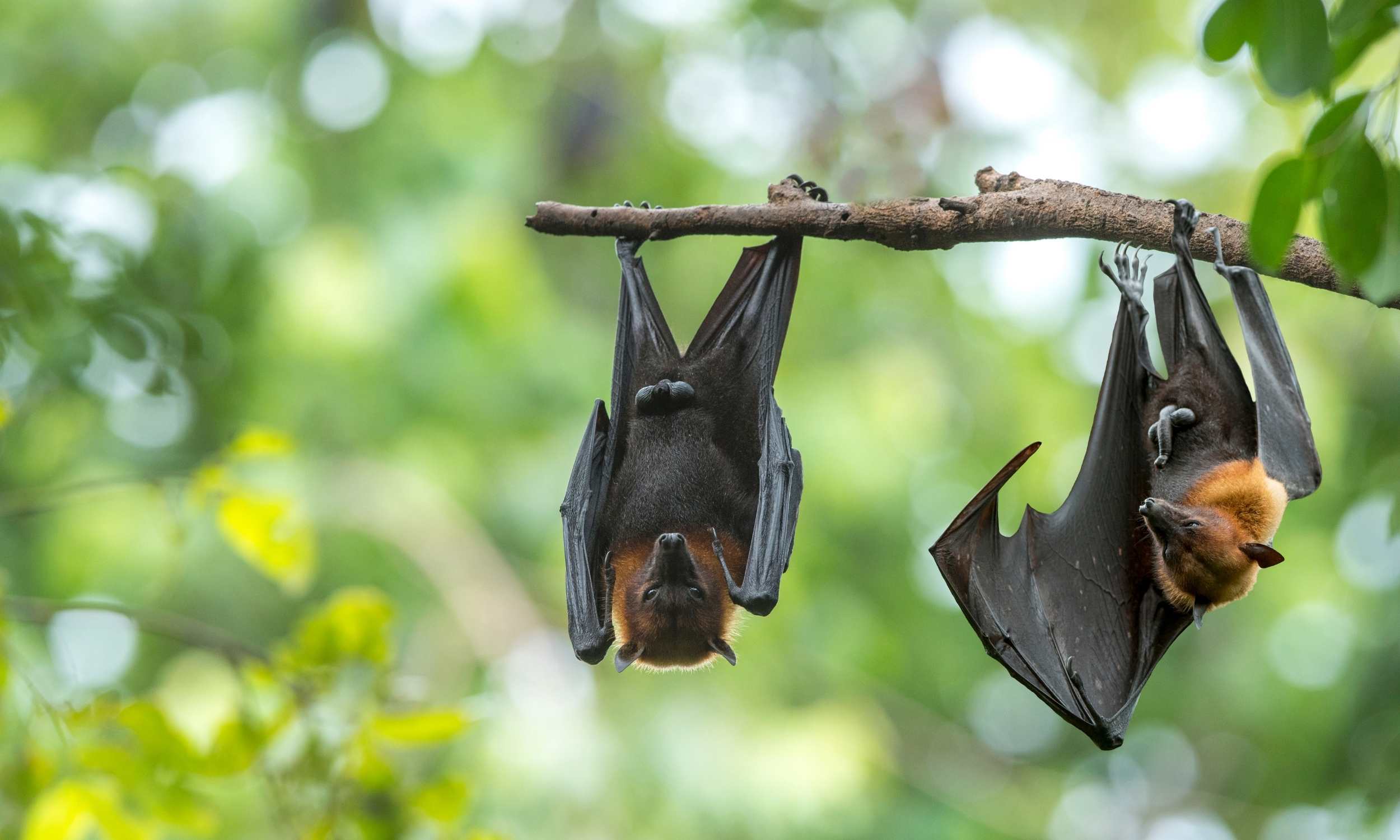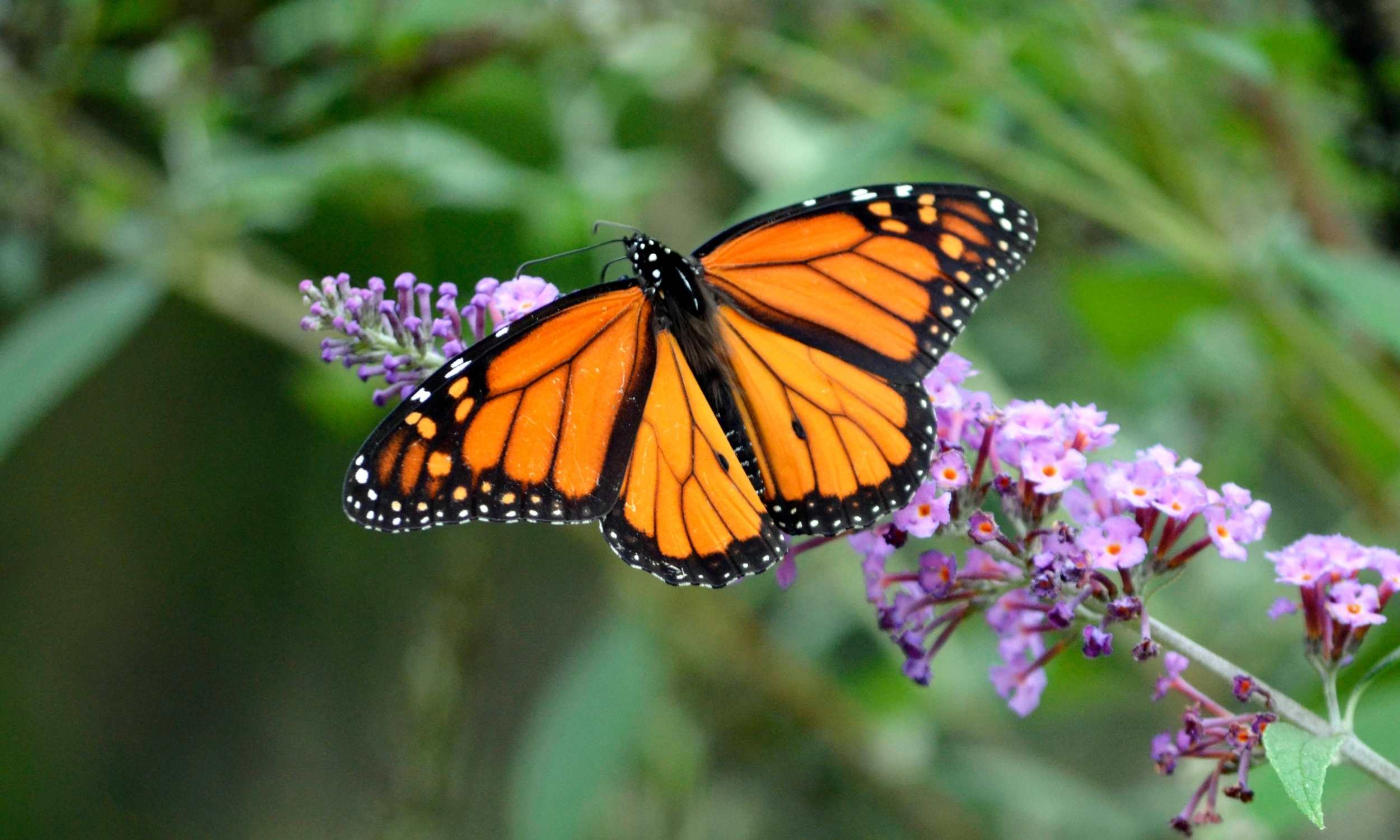How to Help the Pollinators
June is National Pollinator Month!! And they deserve to be recognized and celebrated!! Over the years the pollinator population has been greatly impacted by human lives and our urban development. But, we actually depend on the pollinators far more than we realize. Pollinators are a critical part of our food systems, environment, and economy. Keep reading to learn Why are Pollinators Important and 10 Ways you Can Help the Pollinators: Bees, Butterflies, & More!
Disclosure: Some of the links below are affiliate links, meaning, at no additional cost to you, I will earn a commission if you click through and make a purchase.

But, before we dive into 10 ways to help save pollinators, let’s take a look at who the pollinators are and why they need our help!
Who are Pollinators?
More often than not when you hear “pollinators”, you think of bees – and for good reason. Bees are one of the most important pollinators and one that many people don’t like because they are afraid of being stung. As bees buzz around from flower to flower, they gather and carry pollen. So many plants depend on this transfer of pollen (aka, pollination) to reproduce and bear fruit or seeds. But bees are not the only insects that do this!! Many other insects and animals play a role in pollination too!! Butterflies, moths, birds, bats, ants, beetles, other animals, and even the wind play a part in pollination.
And why should we work to protect them… because pollinators are directly responsible for one-third of all food that humans consume, including everything from fruit and veggies to coffee and chocolate!
Why are pollinators dying?
As our natural world becomes increasingly urbanized and polluted, pollinators are taking a big hit. Bees are especially sensitive creatures and are very, very susceptible to the pesticides commonly used in conventional agriculture operations. The most lethal of them all (to bees) are neonicotinoids. One small exposure can take out an entire colony of bees. However, any broad-spectrum pesticide use puts pollinators at risk, including outside of a commercial farm setting! This includes residential use, at parks, on golf courses, on public right-of-ways, and more.
Besides pesticides, natural habitats and food sources for pollinators are being altered, destroyed, or contaminated by expanding agriculture and “urban sprawl” development.
Last but not least, our changing climate and weather patterns are negatively impacting many plants, animals, and ecosystems, including our pollinator friends.
The good news is: WE CAN HELP! Even more, most of the ways we can help save pollinators also benefit our personal wellness and the overall environment too. Consider it a “win” for all.

How to HELP SAVE POLLINATORS
1) Plant for Pollinators
The easiest and the best way to help pollinators is to create a pollinator-friendly garden, incorporating plants that provide nectar and pollen. When thinking about what to plant, give preference to plants that are native to your area, which are best suited to both your climate and the pollinators that live there!
Blooming trees are also highly attractive to pollinators. If you don’t have room for an extensive garden or if you don’t have a large outdoor space, consider adding a few potted flowering plants to a balcony, patio, or window box. Many pollinator plants are low-maintenance and container-friendly!
For more ideas check out Container Pollinator Gardens.
When planning your garden or picking out plants you want to supply a diverse and sustained food sources by planting a variety of annual and perennial plants, including ones that flower at different times of year. Also, keep in mind that most (but not all) flowers produce pollen or nectar, which is what pollinators need to sustain life.
In our garden, the lavender, salvia, zinnias, milkweed and flowering herbs are always buzzing with the most bees, hummingbirds, and butterflies!
2) Create a Wildlife-Friendly Yard, Beyond Flowers
Do your best to provide habitat and supplemental food sources that support a variety of pollinators and wildlife. For example, add hummingbird feeders, bird houses, bird baths, solitary bee houses, or even bat boxes to your outdoor space.
Put out shallow water baths for bees, such as a bird bath or shallow dish with stones or rocks in it. Allow some areas of your yard to grow “wild” and less manicured, which provides safe spots for nesting and shelter.
Be conscientious when pruning vines and trees, especially during known bird nesting seasons. Let some of the wild “weeds” in your yard stay to bloom, such as dandelion. Also, avoid dead-heading all your spent flowers. The birds will appreciate eating the seeds!
Shelter, food, water, and places to raise young are all key components of a healthy wildlife habitat.

3) Avoid Using Pesticides
Help save pollinators by avoiding the use of chemical pesticides at home. Instead, manage your yard or garden in a natural and organic manner. There are many ways to combat pests in a way that will not negatively impact beneficial insects like bees and butterflies.
In fact, beneficial insects themselves can be used to reduce pest insect populations! For example, native American ladybugs, lacewings, and praying mantis eat many soft-bodied pest insects like aphids. Releasing them in your garden is considered a form of biological pest control – as opposed to chemical.
The use of companion plants, polyculture, and physical barriers (like hoops and row covers) are other non-chemical means to reduce pests.
There are also many homemade or mild sprays that can be used to control garden pests, such as this DIY soap spray recipe or dilute neem oil. Even then, many “organic” pesticide products can harm bees and beneficial insects if applied incorrectly. Therefore, please do thorough research before using any kind of spray!
4) Go Organic
Beyond your garden, go organic in as many ways possible – such as buying organic products and food. Supporting sustainable, pollinator-friendly farms keeps them in business – and the bees safe!
Don’t forget to hit up your local Farmer’s Market too. Even if they are not “certified” organic, many small local farms are much more cautious about pesticide use. Furthermore, buying organic goods lessens the demand for conventional (toxic) products. This is better for everyone and everything, including your personal health.

5) Plant Butterfly Host Plants
Butterflies depend on “host plants” to reproduce and thus survive. Adult butterflies lay their eggs on a host plant, and when their larvae (caterpillars) emerge from eggs, they feed on the plant – until they too can grow up to become a beautiful butterfly.
However, caterpillars won’t eat any old plant! Each species of butterfly has a particular host plant that their caterpillar babies will eat. Some caterpillars are very picky and will feed on one type of plant only, while others have a slightly wider appetite.
For example, milkweed is the sole source of food for monarch butterfly caterpillars. While there are many varieties of milkweed that they’ll eat, monarchs will ONLY eat milkweed. Swallowtail butterflies are less picky and will dine on dill, fennel, carrot greens, and parsley.
6) Make an Impact Outside Your Home
There are a number of ways to help save pollinators beyond the borders of your own garden. If you live in an HOA, apartment complex, or other maintained community, talk to the folks responsible for landscape management about pollinators, pesticide use, and organic gardening options.
Ask questions and share information at your workplace too. Perhaps they’ll be willing to make some beneficial changes! Even the time of day that sprays are applied can help save pollinators; bees are far less active in the evening hours, at sunset or after.
7) Support Beekeepers
Supporting beekeepers is an excellent way to help encourage healthy pollinator populations. How? Buy local honey and beeswax products! Just like going organic, it is all about supply and demand.
Consuming local honey also has the added benefit of inoculating your immune system with local pollen, which over time helps reduce your seasonal allergy response. Most often, local honey is sold at local farmers markets along with small shops, or direct from the keeper.
Stay Connected and Get the Latest
Sign up with your email address to receive access to our FREE farmhouse living resources.

8) Start Keeping Bees Yourself
This might not be an option for everyone and might not be a task that you want to take on but it is something to consider. While our garden is filled with hundreds of visiting bees each day, we have yet to venture into the wonderful world of beekeeping. It is a dream for our future farm property though. I have heard that Flow Hives are very simple to get going and maintain. To learn more, consider checking out the highly-rated Beekeeper’s Bible Book or Beekeeping for Dummies.
9) Donate
If it is within your means, donating to relevant non-profits is an awesome option to help save pollinators.
Listed below are a handful of non-profit organizations that are dedicated to helping protect pollinators and their natural habitats – though the list is by no means comprehensive!
The National Wildlife Federation
10) Spread the Love
Talk to your family, friends, neighbors, and co-workers about the importance of pollinators! Encourage them to get involved and make small but impactful changes too. Give pollinators and wildlife-friendly gifts for special occasions, such as packets of wildflower seeds, local honey, bird houses, or hummingbird feeders.
Last but not least, share this article and other pro-pollinator messages on social media! I hope this article provided insight and inspiration on a few changes or new steps you can take to protect pollinators in your area. Every little bit counts!! Want to know more? Check out these other great pollinator articles.
